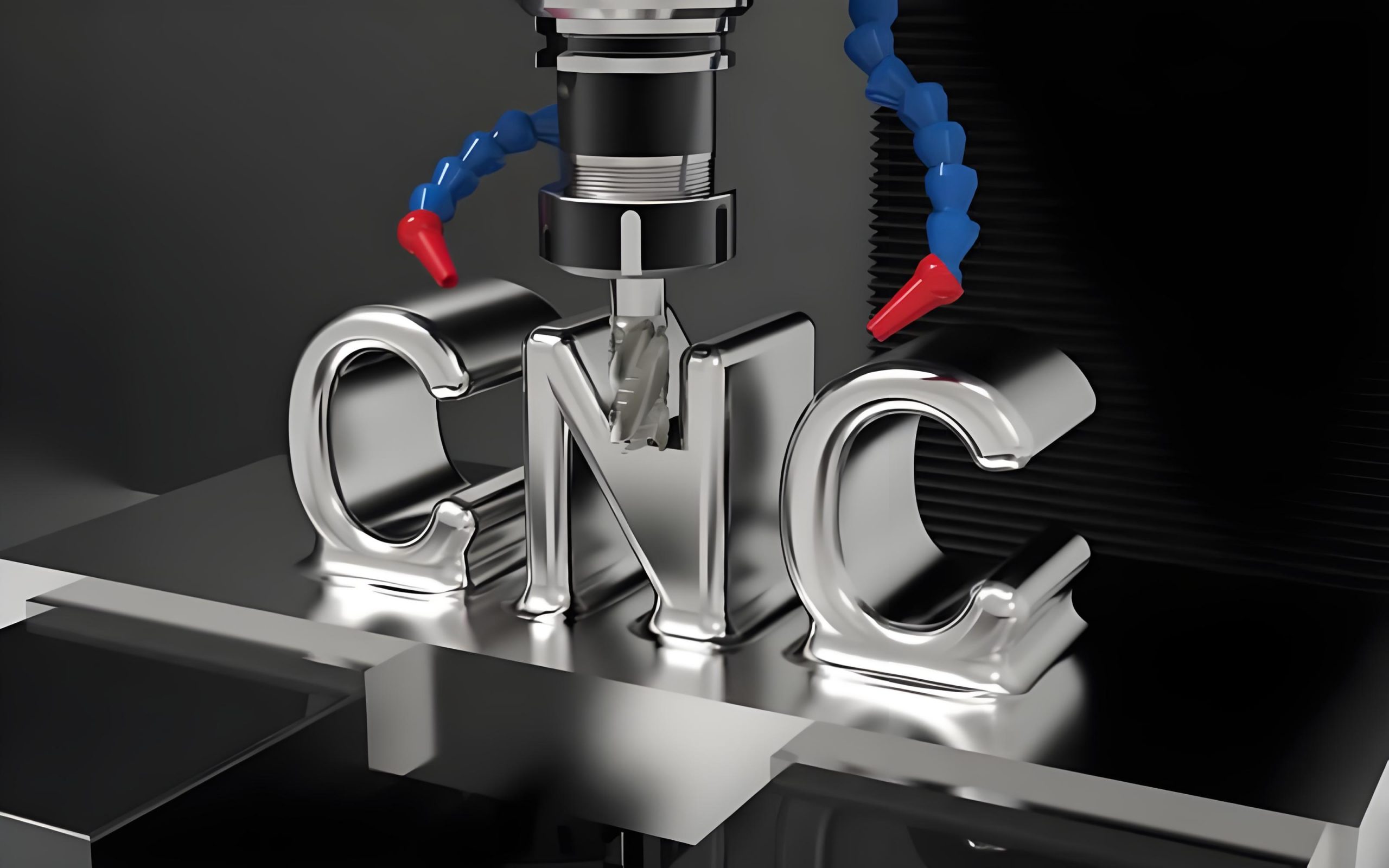functional prototype case study
In this case study, we will explore the CNC machining process for creating a prototype using PMMA (Polymethyl Methacrylate). PMMA, commonly known as acrylic, is a popular material for prototyping due to its excellent transparency, durability, and machining capabilities. We will outline the steps involved in CNC machining a PMMA prototype for one of our company.










